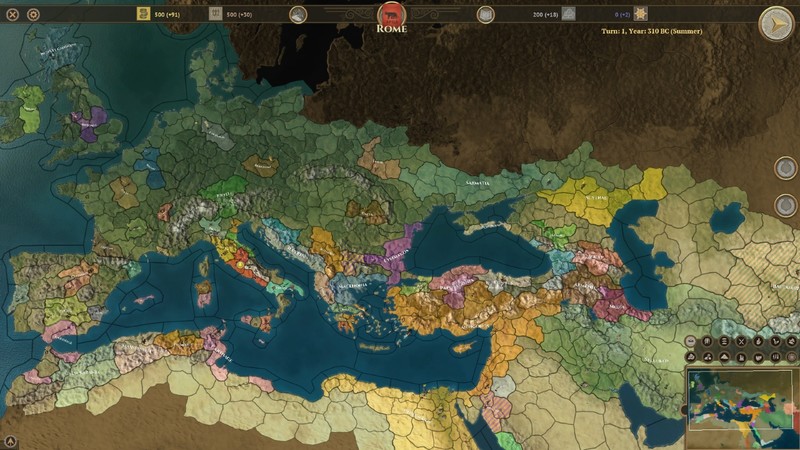
About This Game
Civilizations come and go; common men and kings they get covered by the dust of time in the same way. Monuments and wonders crumble under their own weight. But the cultural legacy is not bygone. Stories and tales about ancestors and their deeds pass through generations, the old knowledge is not lost forever. Soon, new societies, new kingdoms, new civilizations rise from the seeds of the ones which predated them. Decadence is not the end.Will your legacy stand the test of time?

Field of Glory: Empires is a grand strategy game in which you will have to move in an intricate and living tapestry of nations and tribes, each one with their distinctive culture.
Set in Europe and in the Mediterranean Area during the Classical Age, experience what truly means to manage an Empire.

Expand your dominion through wars of conquest and make your culture a beacon of light, but be careful though. The risk of Decadence is not trivial. Many civilizations have collapsed for not having seen in time the signs of impending crisis. The older your empire, the more challenges will lurk in the shadows. Just expanding your borders without carefully shaping your form of government and culture won’t be the wisest of strategies.

Manage your Empire on a scale that fits you: adjust all the details of an important region, form provinces to oversee your growing realm.

Construct buildings to enhance your army, the life of your citizens, and the economy. Establish and grow a trade network of goods and resources.

The battle system is not just about who brings the larger force. Army composition and understanding the strengths and weaknesses of you and your enemy are decisive, so is choosing wisely the battlefield and the general to lead your troops.

And, if you want even more direct control, Field of Glory: Empires lets you export and load your battles into Field of Glory II and then load the results back into Field of Glory: Empires!

War is decided not just by battles though, but also clever manoeuvres. Simultaneous (WEGO) turn resolution means thinking ahead to intercept – or to escape! – enemy armies will be essential. Field of Glory: Empires offers a living world where every decision has an impact on every actor.

And once you think you are ready to be challenged, play against real opponents in one of the largest asynchronous multiplayer system ever created. b4d347fde0
Title: Field of Glory: Empires
Genre: Strategy
Developer:
Ageod
Publisher:
Slitherine Ltd.
Franchise:
Field of Glory
Release Date: Coming Soon
English,French,German
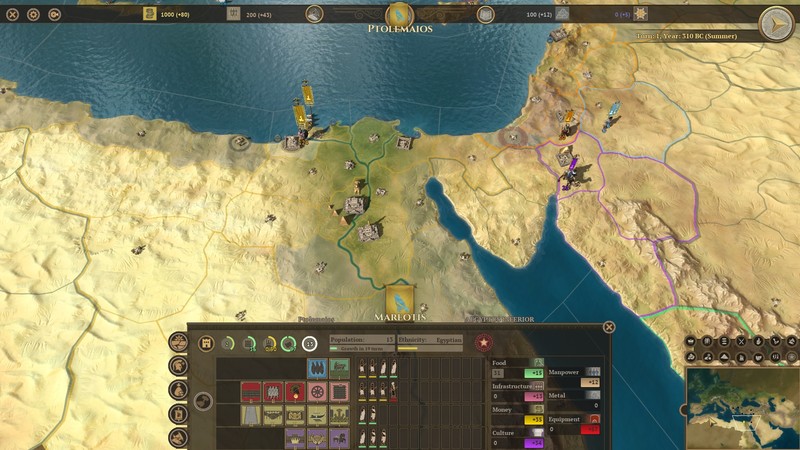
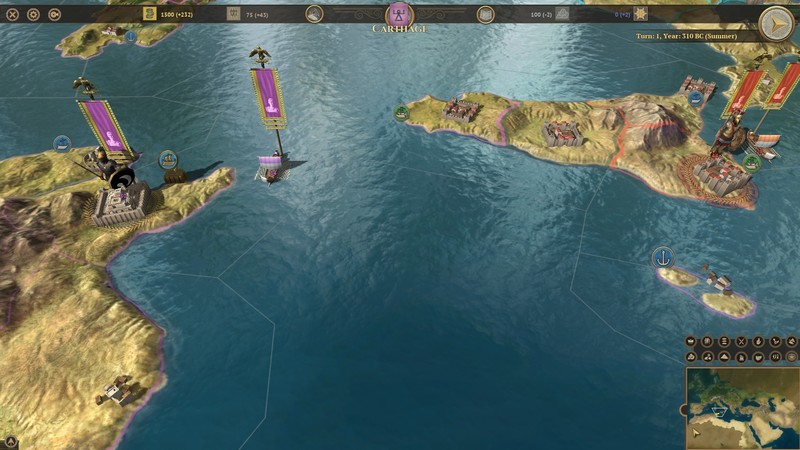
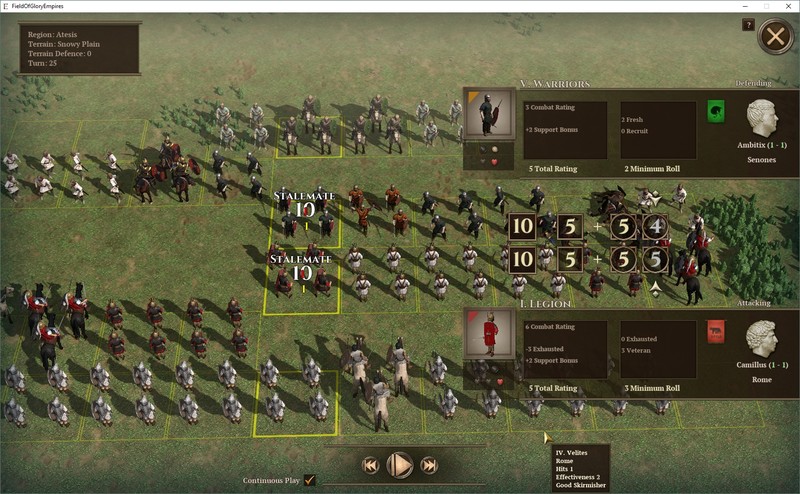
field of glory empires. field of glory empires of the dragon pdf. slitherine field of glory empires. field of glory empires gameplay. field of glory empires download. field of glory empires pc. field of glory eternal empire pdf. field of glory 2 empires. field of glory eternal empire. field of glory empires release. field of glory empires beta. field of glory empires dev diary. field of glory empires forum. field of glory empires - ageod. field of glory empires challenge. field of glory empires steam. field of glory empires wiki. field of glory clash of empires pdf. field of glory empires skidrow. field of glory empires release date. field of glory empires vs imperator rome. field of glory empires review
Field of Glory: Empires Challenge #2 – Carthage:
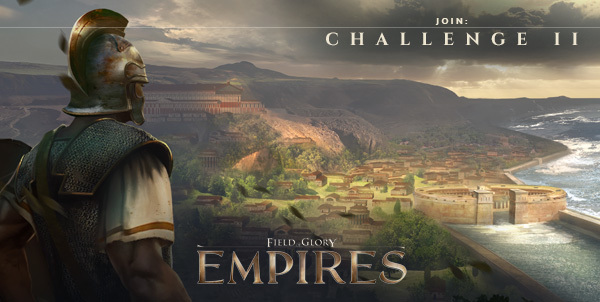
With the Challenge #1, you have witnessed the birth of Rome and its military power in Italy. Now, it’s time to see what one of its first mortal enemies can do, on a bigger scale.
Welcome to the Challenge #2 – Carthage!
This time the Challenge goal will be different. While in the first one you had to focus mostly on the military aspect of the game, this challenge adds a new layer of complexity (and fun!).
Carthage was renown to be a very wealthy civilization, establishing colonies in many Mediterranean regions and creating a successful trade network. Its defense was guaranteed by a powerful navy and a semi-standing mercenary army.
To better reflect this historical situation, the Challenge #2 is shaped more on the economic element of the game.
Challenge #2: Try to amass 7500 money in your treasury while reaching at least 20 regions in less than 50 turns and avoiding to be in the last tier in the progress & decadence chart.
Nation Available: Carthage
Turns: 50
Map: All playable
Mechanics and features: All active
Progress and Decadence: Stay in the 1st and 2nd Tier
READ HERE FOR MORE DETAILS[www.slitherine.com]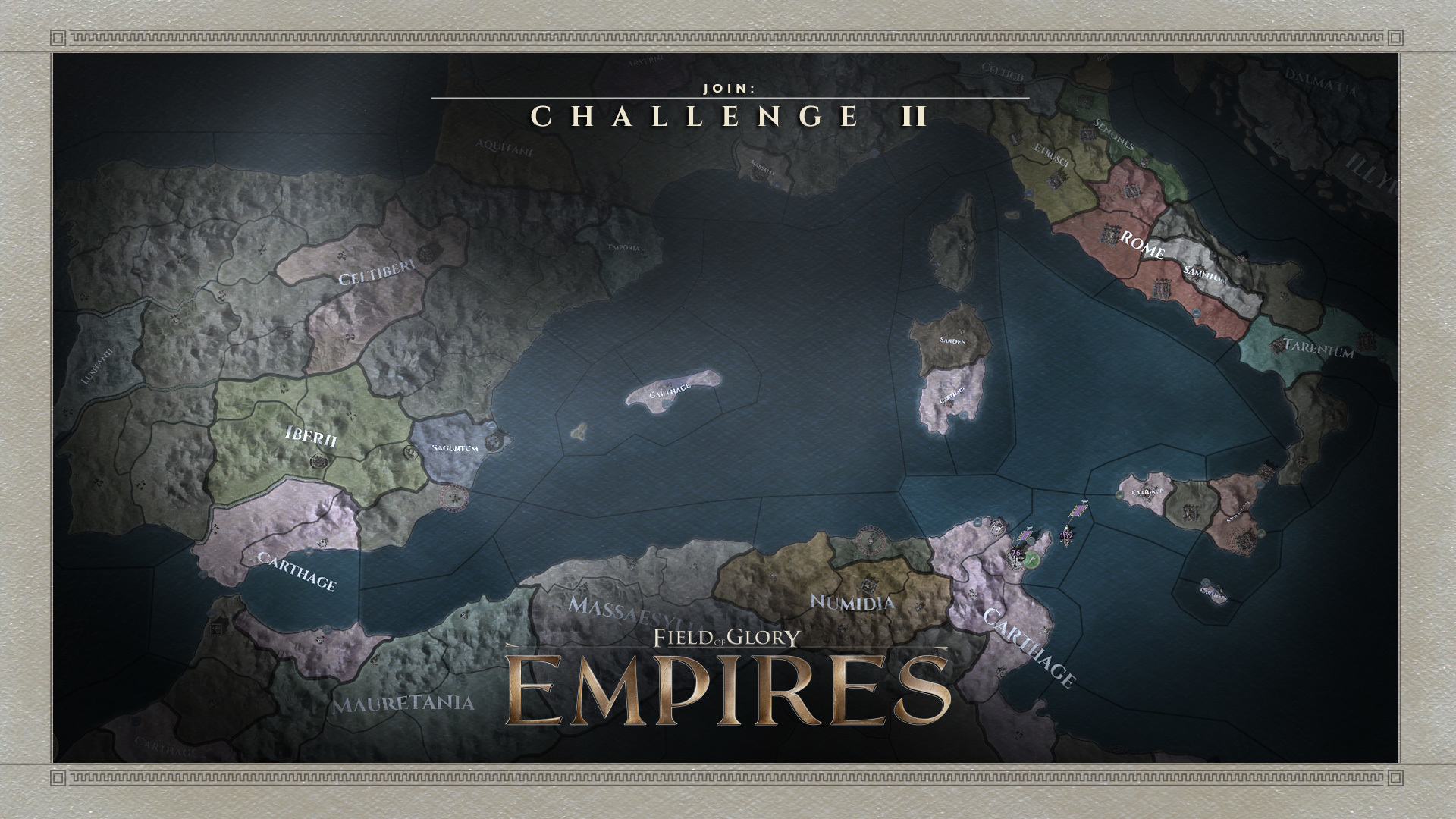 . Field of Glory: Empires - Gameplay Stream Reveal:
. Field of Glory: Empires - Gameplay Stream Reveal:
Here's the VOD of our live event where we announced Field of Glory: Empires as well as showed you some gameplay and answering your questions.
www.youtube.com/watch?time_continue=2889&v=a4O91Xtev_4. Field of Glory: Empires Dev Diary #1 - A Brief Overview:
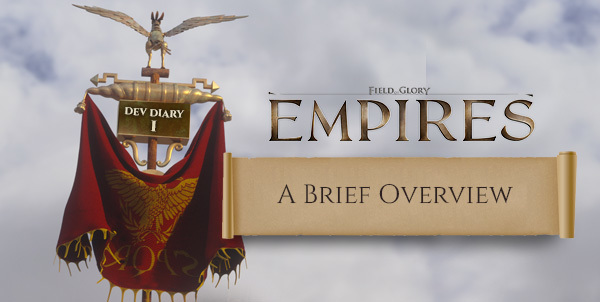
Welcome to the first Field of Glory: Empires developer diary! We felt we ought to start off with a summary of what the game is, and what you can expect. We will be following on with detailed explanations in subsequent diaries.
FoG: Empires is a strategy game set in the Ancient World roughly from the fall of Alexander the Great’s empire. It seeks to provide strategic empire management together with the AGEOD staple of turn-based play and historical detail. We believe we have unique features to deliver these, while also remaining familiar and easy to understand for the fans of the genre.
Speaking of the features themselves, we certainly have plenty of them in Empires, closely interconnected with one another as it should be in a grand strategy game.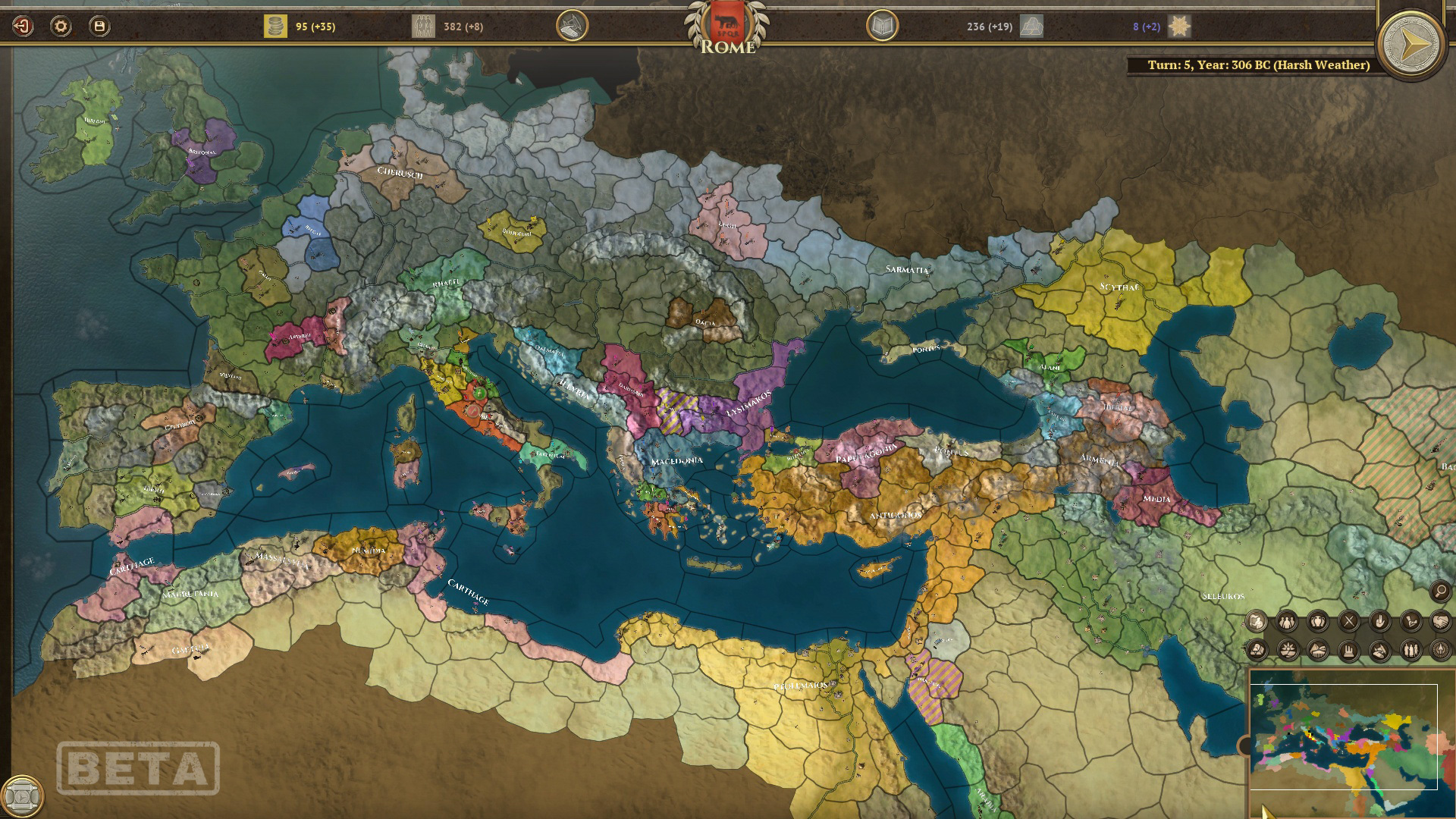 [www.matrixgames.com]
[www.matrixgames.com]
Region and population management. In Empires, the map is divided into Regions. Each region has its own population, represented by abstracted units. Each population unit has a culture (which can change) and a status – citizen or slave.
The regions can host a number of buildings depending on the level of population. We have a lot of different buildings in the game, both generic and nation-specific. There are a lot of possible synergies in building up your empire-wide infrastructure, but you do not have total control over what is available to build in a certain region at a given time. You will need to adapt to circumstances and make the best of it.
Every region also shows its major city/settlement on the map, which can be fortified via building choices to resist siege attempts by the enemy.
Finally, trade happens between regions. While it is automated, you will have a lot of influence over it via buildings and other choices.
We will talk about all this in detail in the next diary!
Battle system. Our battles are much more than just trying to pile up the most number of units in the same place. Unit abilities, quality, and leadership are decisive and will influence your approach to battles and how to conduct your wars. Understanding the strengths and weaknesses of your own forces and those of the enemy will decide the winner.
Progress and Decadence. This mechanic simulates the dynamics behind the rise and fall of empires. It has been tried in a few games before, but we believe our approach should please you, as it captures particularly well the momentum some countries can get, and the ebb and flow of successful empires trying to deal with their own success and with new challenges.
The details will be the topic of a separate developer diary. The gist of it is, that you will feel pressed to move your nation upward on the "ladder" of nations, but with moving ahead you are sowing the seeds for an eventual decline and possible collapse. A collapse that in turn can lead to a rebirth and restoration, or the start of something new. A fall is not inevitable, but it does not mean game over, either.
There are a lot more we want to cover (provinces, decisions, types of nations, etc), but we hope to have given you a general idea on what we are aiming for with the game.
Stay tuned for the next Diary!
Follow us on Facebook[www.facebook.com]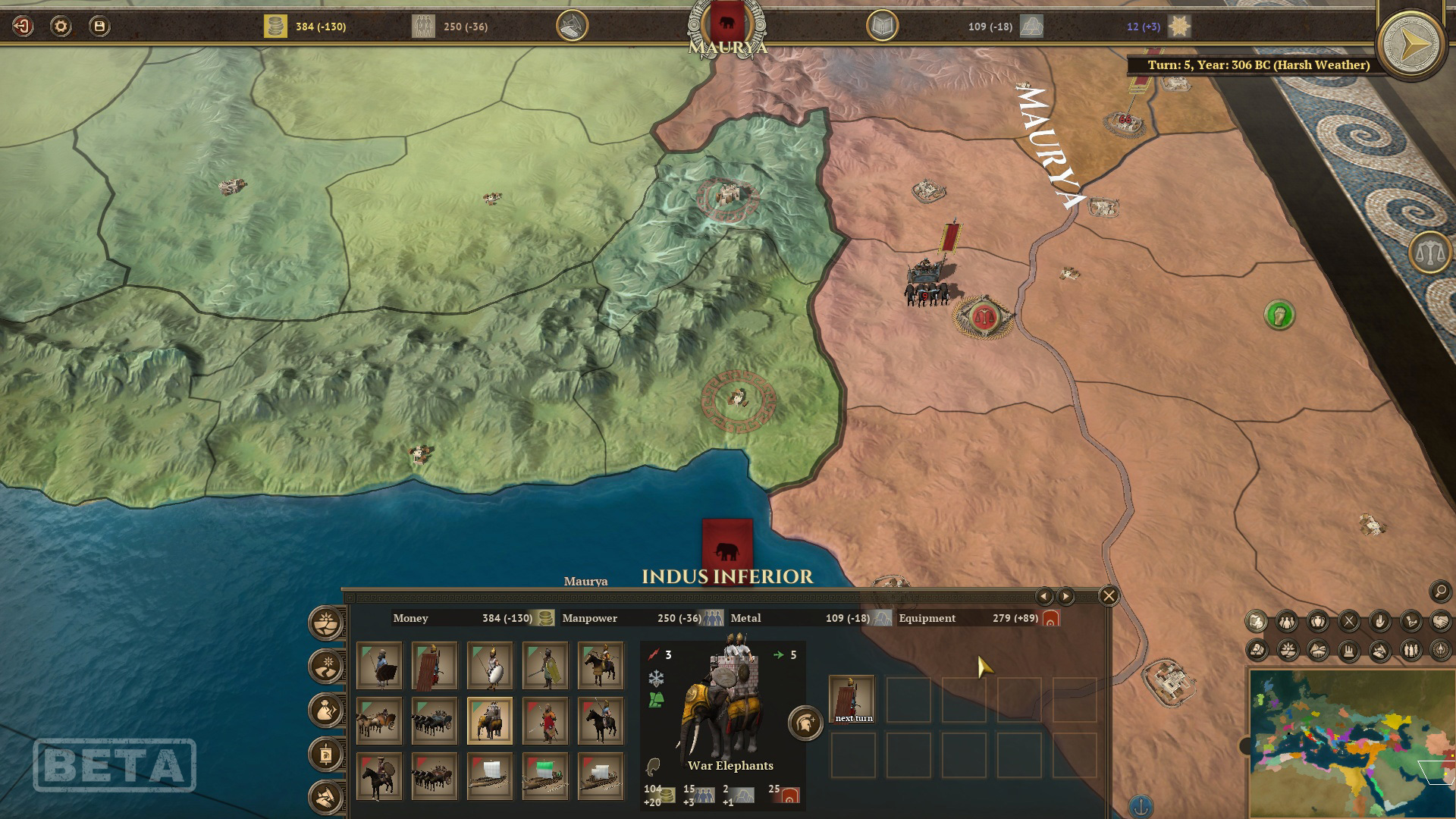 [www.matrixgames.com]
[www.matrixgames.com]
. Field of Glory: Empires Challenge #2 Ranking and Videos:
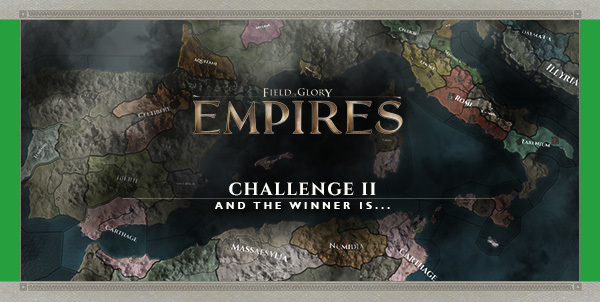
We have the final list of the participants who completed the Challenge #2 – Amass 7500 money in your treasury while reaching at least 20 regions in less than 50 turns and avoiding to be in the last tier in the progress & decadence chart.
Carthage was not an easy faction to play, with scattered regions to protect and surrounded by powerful neighbours. Players had to carefully plan ahead their moves and outsmart their opponents. It was very interesting to see the different strategies employed and the different pay-offs!
This is the final ranking, kudos to all the participants!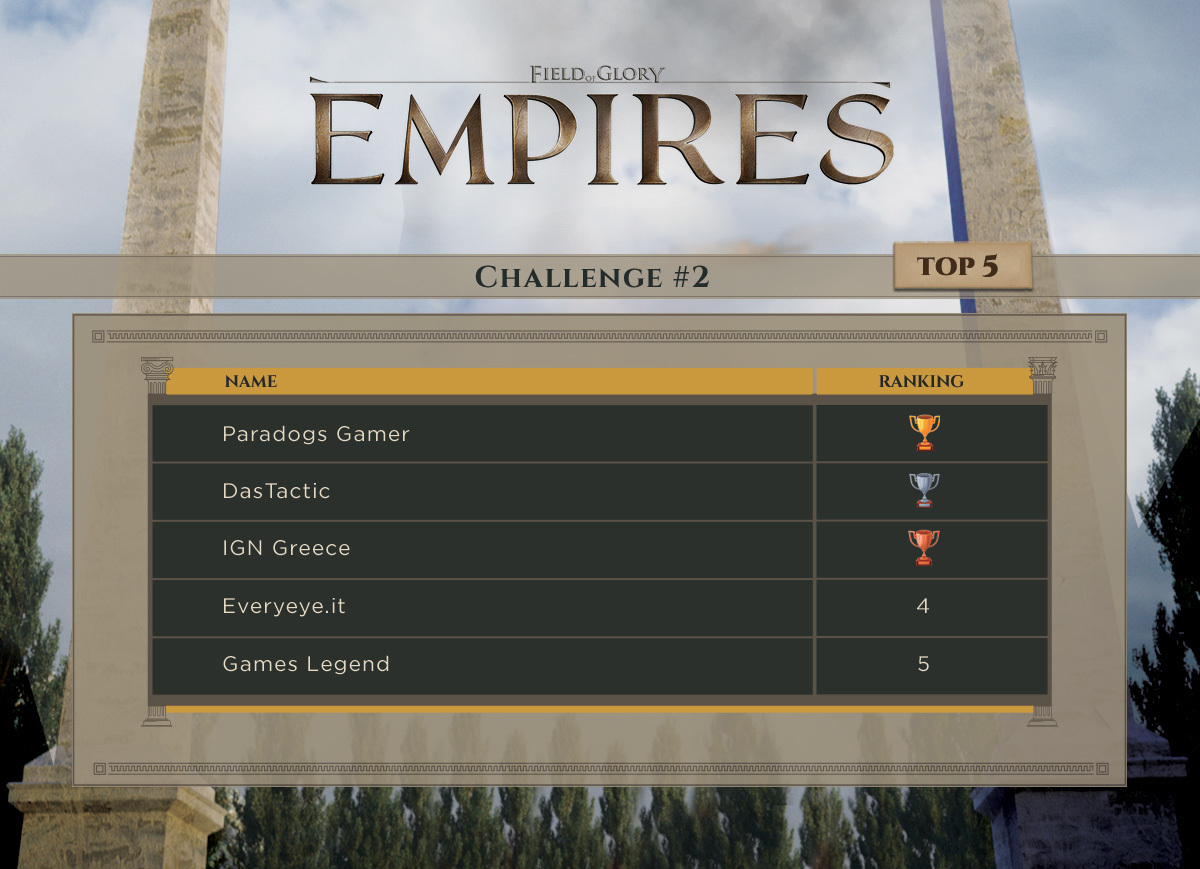 [www.matrixgames.com]
[www.matrixgames.com]
We will announce soon the Challenge #3, its setting and task. Stay tuned!
Here’s below a taste of the videos published so far, including the ones completing the challenge:
www.youtube.com/watch?v=QFaw30IFSQM
www.youtube.com/watch?v=hByQfxUzSpo&list=PLGB6RkFB7ZmNZ5snmx5Po...
www.youtube.com/watch?v=_-LO_6ZkT_k&feature=youtu.be
www.youtube.com/watch?v=YlEyjxMCsWE&list=PLMwqkym59Zruy7LZOC70Y...
www.youtube.com/watch?v=vkjtgwepvwc&t=17s
. Field of Glory: Empires - Ask Us Anything - We are LIVE:
https://www.reddit.com/r/Games/comments/bs3z4v/ama_i_am_philippe_ma.... Field of Glory: Empires Dev Diary #4 - Commerce and Trading:
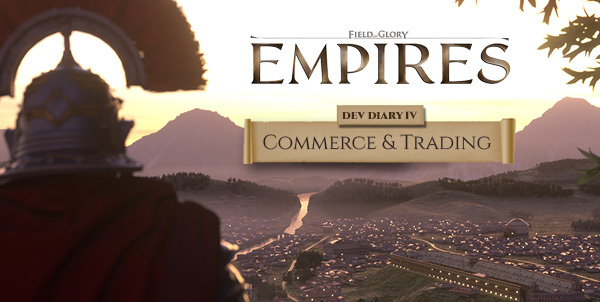
Welcome to the fourth installment of the Empires dev diaries. This week, we will talk about trading and commerce, and how buildings are very important in relation to this.
As you might remember from our previous diary on buildings, they provide a lot of opportunities and benefits. But many will need trading goods to work to their full capacity. They will still function even if the trading good is not available, but you’ll pay a hefty sum each turn, to simulate the convoluted ways by which you manage to get a trickle of the precious trade good. For some buildings, this is sometimes worthwhile as they might be instrumental in how you have setup your empire, but in other cases you will be better to disable or destroy the building.
So … trade goods! There are a lot around, something like 50 or so. Some are naturally produced in regions, and you don’t have to do much to gain access to them, even if by themselves they won’t generate any benefits (you would still need an appropriate building for that). Here, we are talking of wood, stone and the like. Some are manufactured, like pottery, clothes, weapons, sails. And a third category are imported resources, which are produced by another region or country (although as you can guess, these too are either natural or manufactured).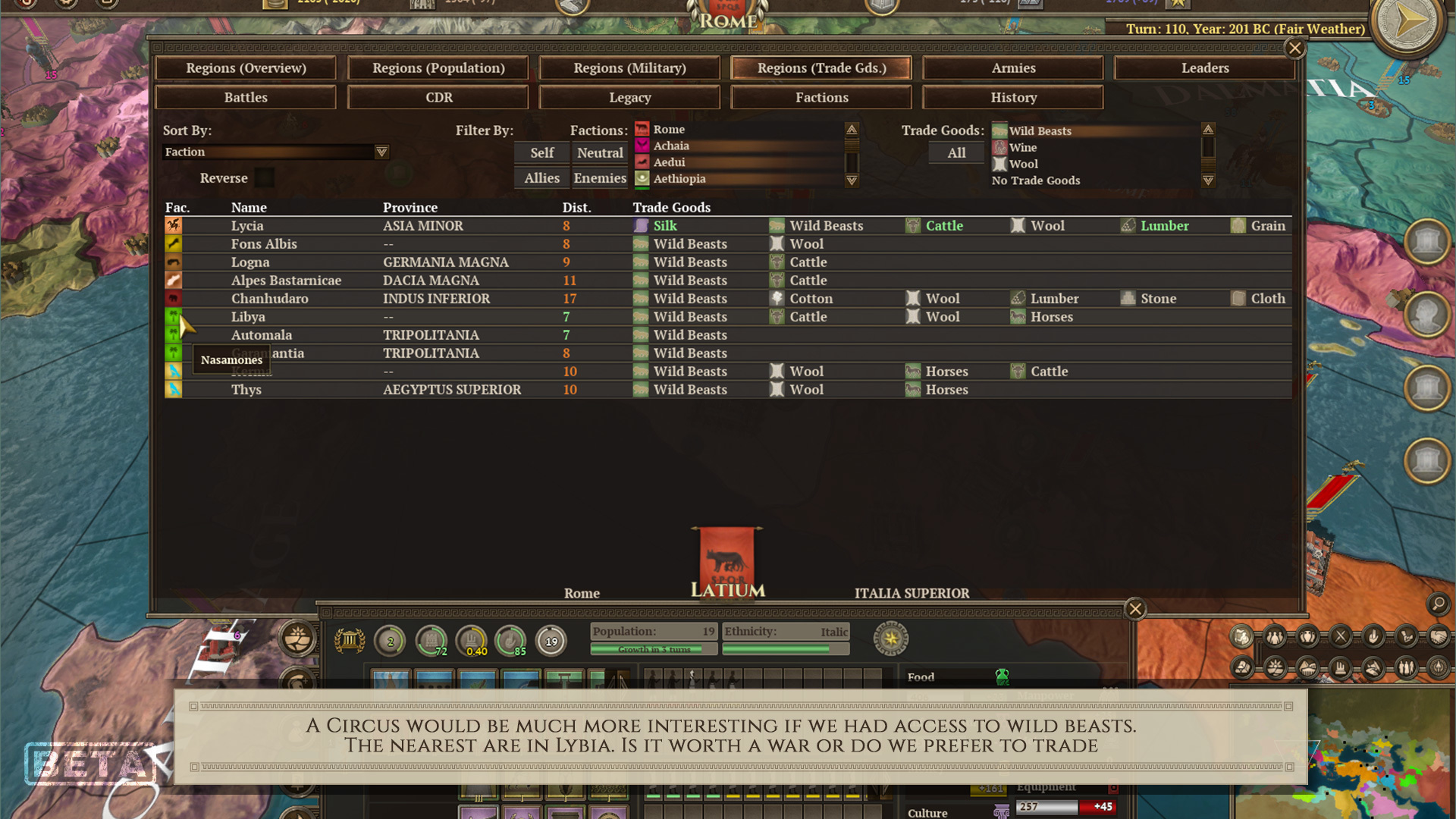
Buildings will often need a trade good. Some good examples would be a spinning mill, in need of cotton (or flax). A mint would need gold, and stables would need horses. This will generate trade between your region, where the structure is, and an exporting region. And, depending of how good your nation is at commerce, the exporting nation can be a neighbor, someone on the other side of the sea or one of your own regions (if it has the trade good obviously). The whole process is automated, and you don’t have to worry about who can provide what, as given the scope of the map and the possible size of your empire, this would become daunting to handle, and then, to put it simply, a source of tedium. Now, we did not say it was done randomly. There is a measure of your trading efficiency, named ‘Trade Acumen’, which will be used when there is competition between several potential sources of supply. As you can guess, your internal trade is much favored here, as well as trade with your allies. But sometime, a powerful trading nation, like Carthage, will literally snatch trading opportunities and get richer from doing this. And that’s how you end up with Carthaginian olive oil in Rome while some Sicilian farmers are discontented!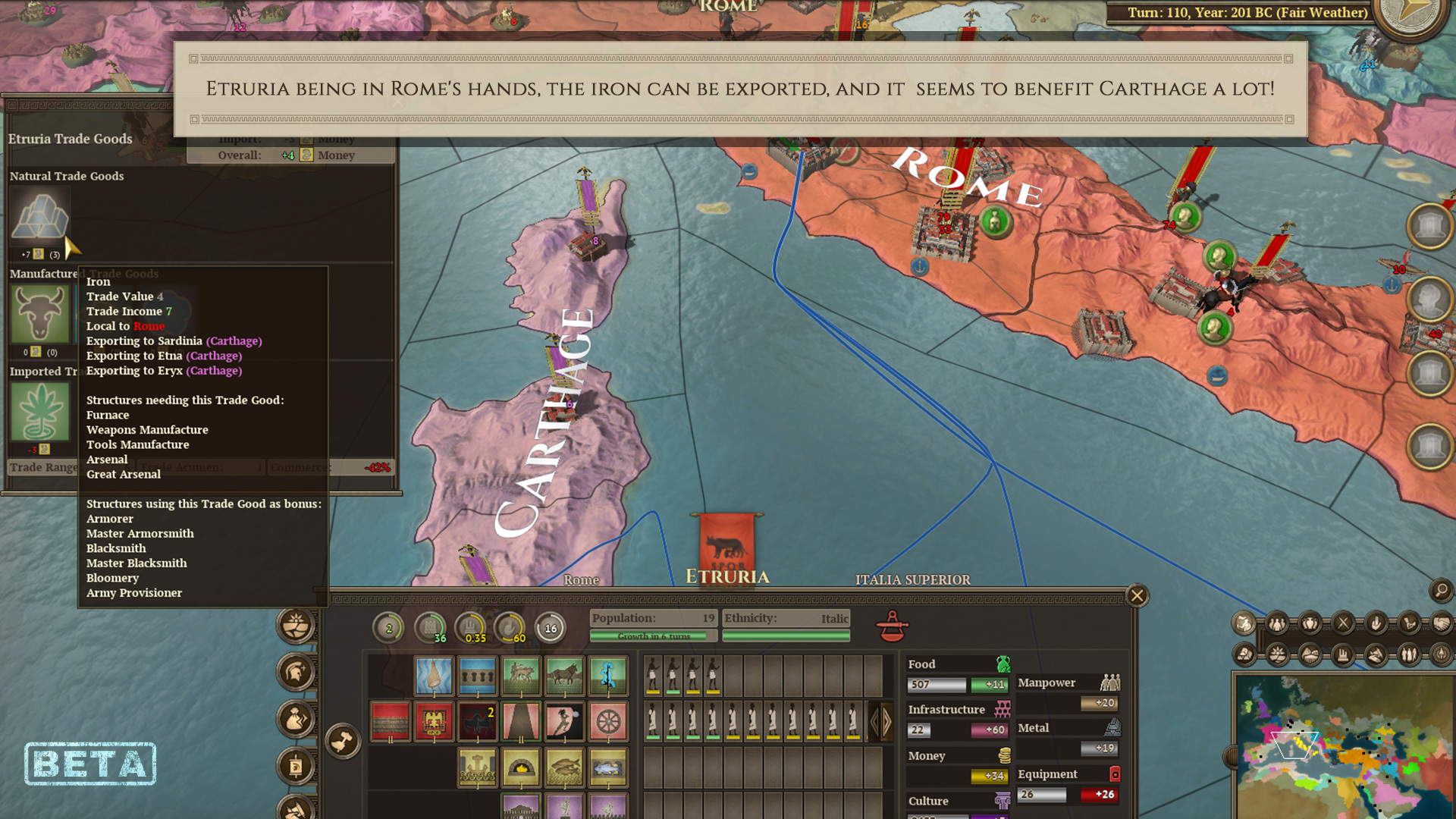
Trade Acumen is something you can improve though, either at your national level, with the right decisions and a proficient ruler, or at the local level, by building trade ports, paved roads, trading centers. All in all, trading is a smooth process in which you can gain significant money, while providing your buildings with what they need. Now, sometimes, trade is not a possibility or is too difficult to achieve, so you’ll want to inspect the ledger and see where the nearest source of iron is and then snatch it from the hands of its current owner…
You might think that’s all about trading, but definitively no! Because having a good availability of trading goods is much more useful than just having your buildings work without an extra fee. Trading goods also play a very important part in what the buildings will themselves produce. This is done through the mechanism of bonus trade goods. An example will probably be the quickest way to convey how it works.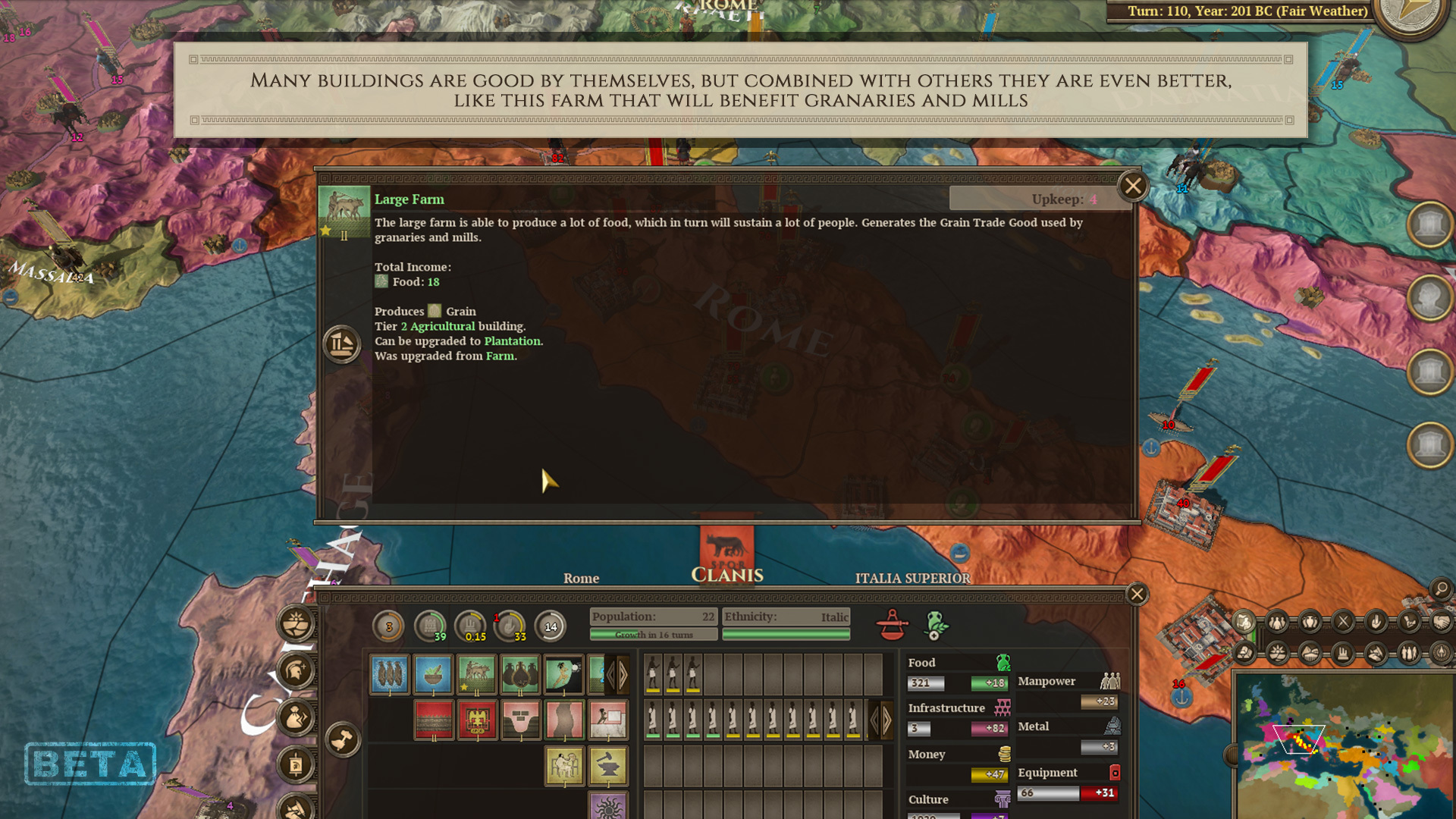
Let’s take a fairly advanced building, the Thermes, in which your citizens will wash, relax and gossip. The Thermes are a healthcare building, and as such give a health bonus in the region, which speeds up population growth while protecting (partially) against diseases. By itself it requires no trading good to work smoothly. But, should you happen to have, either in the region it is in, or an adjoining region, marble or perfume, then you’ll gain extra culture and money from the building, as it operates much more efficiently, being now so beautiful and sophisticated! So playing and optimizing these bonuses, although definitively not mandatory to get a good game and win, is one way of getting the most out of your nation. And this might be mandatory, if you like to play at a high difficulty level or against live opponents. For some, this will be the pleasure of enjoying the ‘mind game’ that this kind of gameplay demands, finding the right supply chain and combining buildings so that one needs a resource that will then be further used by another, etc. A game in a game, for those minded to paying close attention!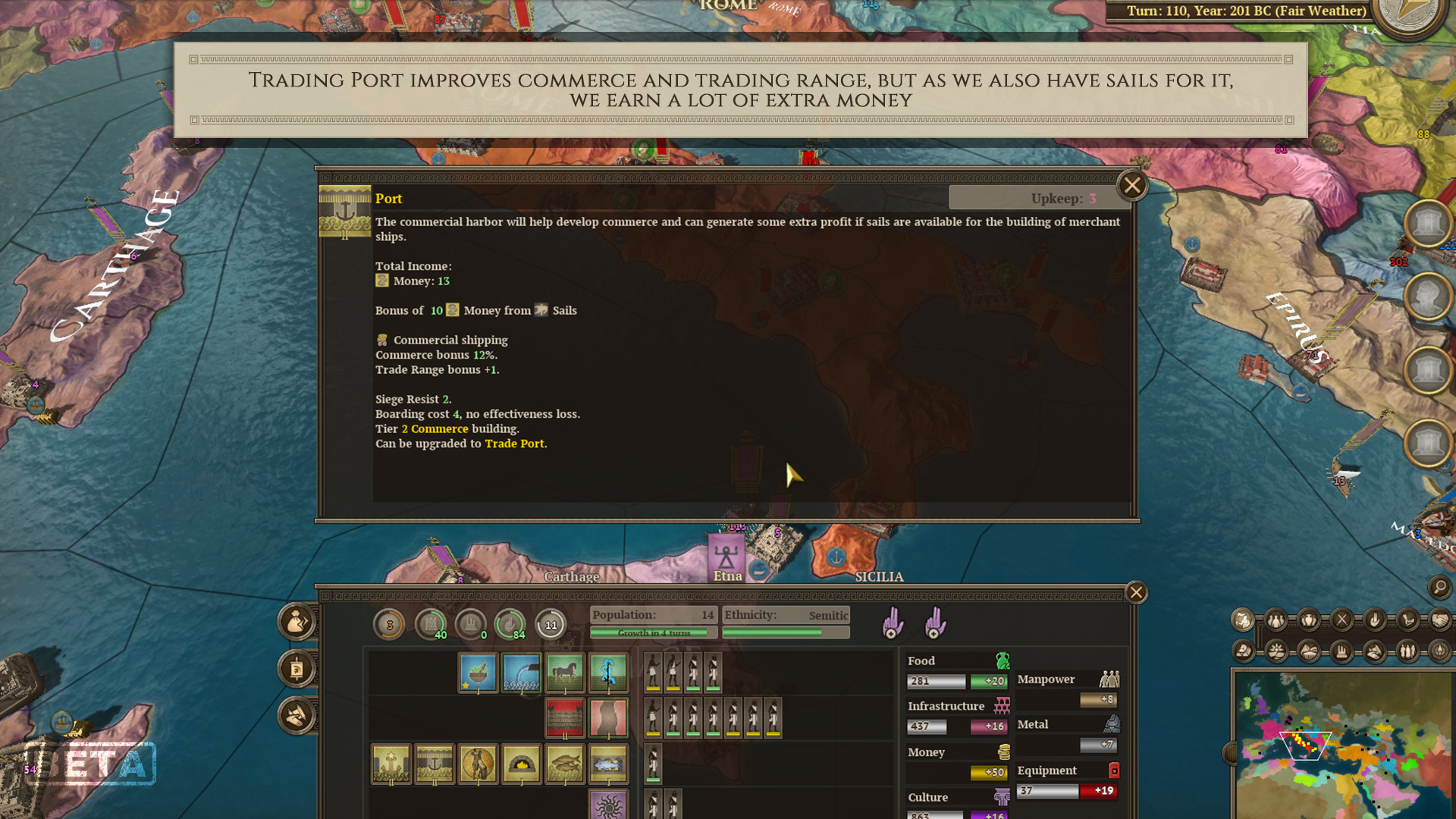
And so, to sum up, the surface of trading and commerce will feel simple and easy for newcomers, and it is, as everything works by itself. But when you start delving into the numerous buildings, the goods they need and the goods that would provide extra bonuses, you get a quite rich system, strongly tied to the general economy.
. Field of Glory: Empires Challenge #2 Ranking and Videos:

We have the final list of the participants who completed the Challenge #2 – Amass 7500 money in your treasury while reaching at least 20 regions in less than 50 turns and avoiding to be in the last tier in the progress & decadence chart.
Carthage was not an easy faction to play, with scattered regions to protect and surrounded by powerful neighbours. Players had to carefully plan ahead their moves and outsmart their opponents. It was very interesting to see the different strategies employed and the different pay-offs!
This is the final ranking, kudos to all the participants! [www.matrixgames.com]
[www.matrixgames.com]
We will announce soon the Challenge #3, its setting and task. Stay tuned!
Here’s below a taste of the videos published so far, including the ones completing the challenge:
www.youtube.com/watch?v=QFaw30IFSQM
www.youtube.com/watch?v=hByQfxUzSpo&list=PLGB6RkFB7ZmNZ5snmx5Po...
www.youtube.com/watch?v=_-LO_6ZkT_k&feature=youtu.be
www.youtube.com/watch?v=YlEyjxMCsWE&list=PLMwqkym59Zruy7LZOC70Y...
www.youtube.com/watch?v=vkjtgwepvwc&t=17s
. Dev Diary #10 Units: Abilities and Modifiers:
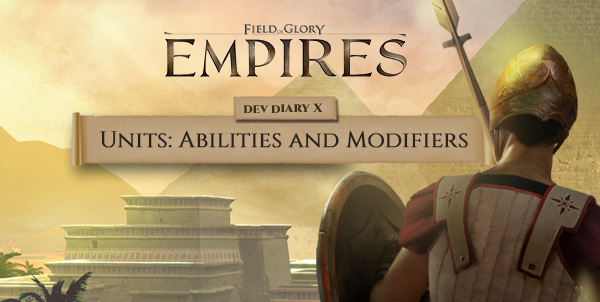
Units in Empires have very diverse profiles and different roles. Some are heavy hitters, like phalanxes, legions and other heavy infantry. These units cost a lot to recruit and maintain, and will use a lot of metal, so can’t be mass produced easily. They have drawbacks too, like being relatively slow and not fit to fight in terrain like forests or mountains.
Another category is the medium infantry, which is apparently less powerful, more affordable and has the useful ability of being a besieger, meaning it will provide a bonus when you siege a city. This reflects the value of these formations in being able to construct heavy siege engines on the spot (you did not drag siege towers along your army when you were on the march). Given they are more affordable, you can field a lot of these troops, and this might be necessary since battles have an important concept of ‘frontage’, which is the width of the battle line. Previous players from AGEOD game will be well aware of this feature, as it appeared in 2004 with Birth of America, and it never ceased to play an important and realistic role in all our games. Failure to fill out your available front line will leave you very vulnerable to being outflanked or forced to commit your skirmishers to actual hand to hand combat (not a good idea!).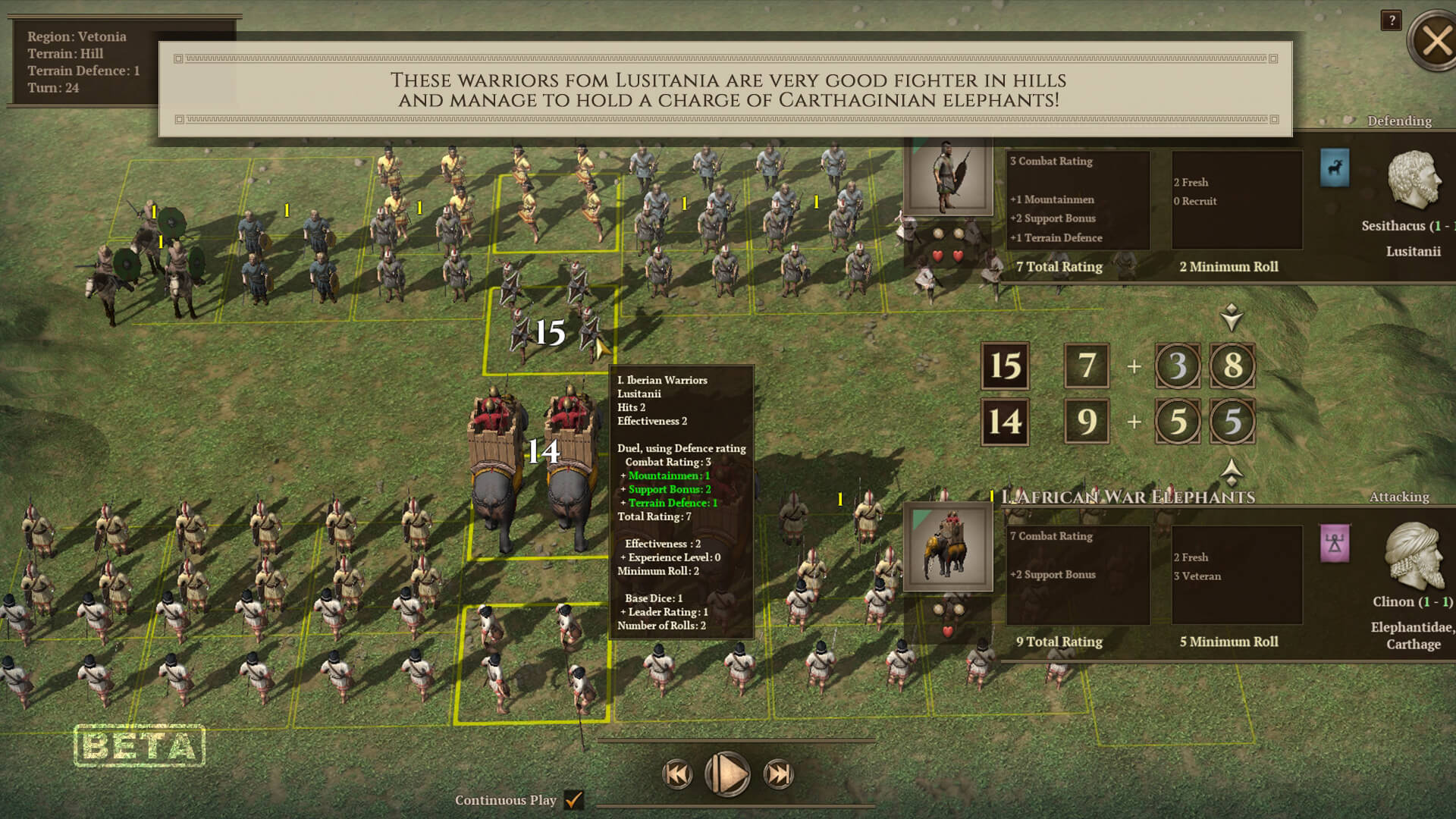 [www.matrixgames.com]
[www.matrixgames.com]
The skirmishers are another sort of unit. They are not costly, although the manpower they need is close to the types above (so make a lot demands on your population to fill out their ranks from the pool of conscripts used for units). In melee, they are quite weak, but this is not where they should be used. They are there to help support your main infantry, by providing a combat bonus to them. A medium infantry unit backed by a skirmisher is as strong, if not more so, than a heavy infantry without support. Add to that they will weaken the enemy before melee through their missile attack, and you will quickly come to see that they are not optional to a good army composition.
Cavalry is another subset of units and plays an important role on the battlefield and the strategic map. Light cavalry will perform as skirmishers but most types can also flank the enemy. It means that should your opponent don’t fill up the battle line, then they will deal bonus attacks against the enemy. Should you manage to inflict a defeat to your opponent, then their pursuit bonus will deal significant damage during the retreat phase. On the strategic map, they are faster than even skirmishers, so can act as a fire brigade of sort. But they are not ideal if they have to fight on their own as they are rather brittle, except perhaps if they are heavy cavalry or cataphracts. Plus skirmishers help a city resists a siege, while cavalrymen don’t do much but eating the food stockpile in this situation!
The important thing to remember is that through quite a lot of fine tuning and testing, we have managed to give each unit a role that defines them well. And also that costlier units are not always better in all circumstances, so if you enjoy tweaking your army composition, then you should have some fun testing out combinations.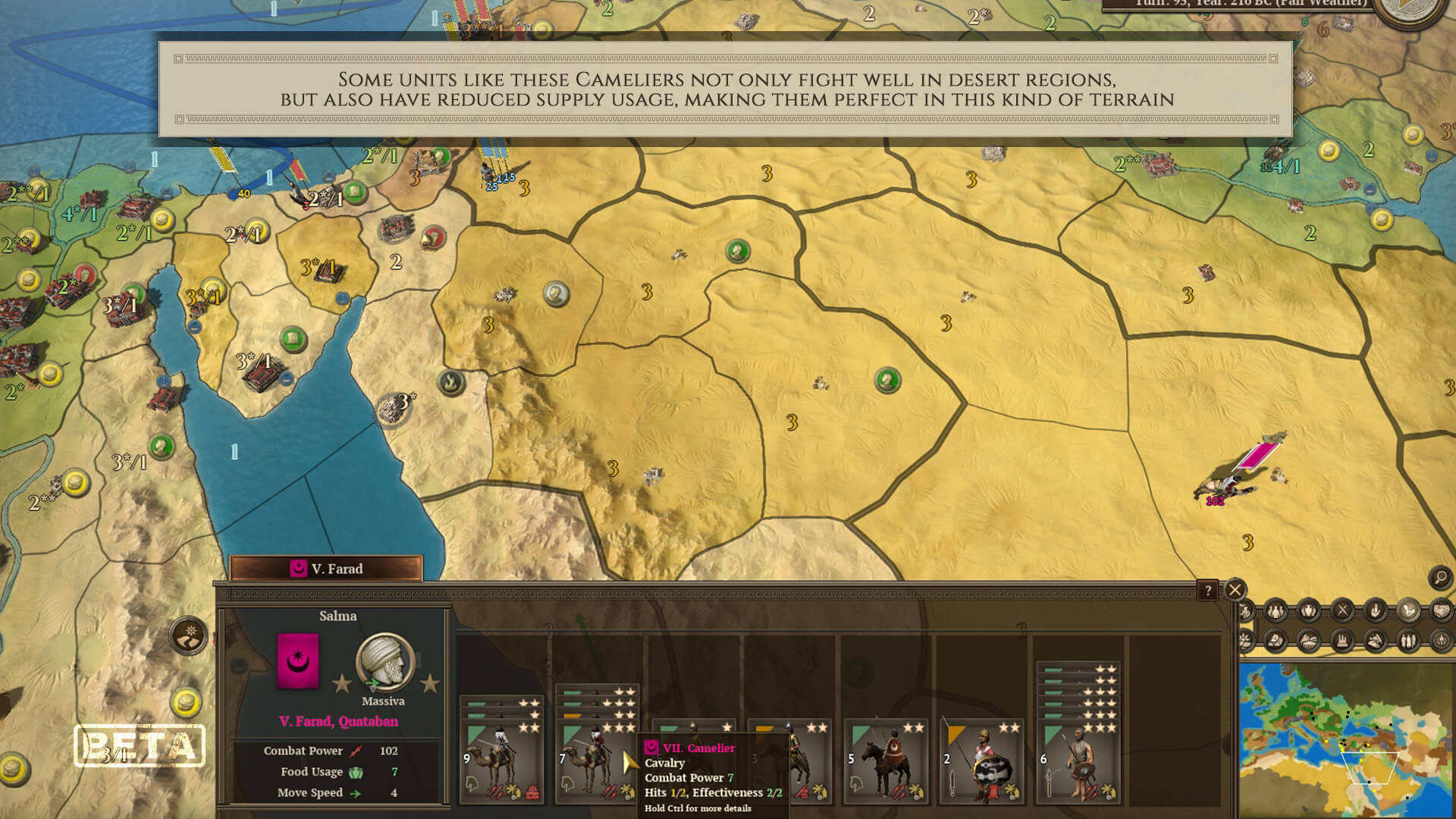 [www.matrixgames.com]
[www.matrixgames.com]
But there is more to it than that, as units also have some custom abilities contextual to some terrain. For example, many Celtic nations have light and medium infantry which are woodmen, so they are better when fighting in the huge forests of Gallia. In the same way, German warriors benefit from this trait too, given how large and continuous, almost overwhelming, was the big Hercynian forest where many lived.
You’ll also fight mountainmen, if you have to deal with Celtiberian tribes, or people from Armenia or Colchide. Arabia Felix or the vast expanses of desert bordering Carthage proper will see cameliers with the desertmen traits, etc.
But some traits are not a bonus, they are a drawback. For example, elephants dislike cold terrain, and Phalanxes are not fit to assault a city.
Other traits are about how units fought on the battlefield. For example, skirmishers, horse-archers and light cavalry can deal damage even when they lose a duel, or to add insult to injury, they can even shave off part of the damages they received by evading the melee! As some of you know, the battle of Carrhae was a major defeat for Rome against Parthia, mostly because the latter had a lot of horse-archers (backed up by supply wagons to replenish their stock of arrows) while the legionnaires were trying (and failing) to reach the enemy line. In Empires too, I would not bet on the mighty legions if they have no support from archers or skirmishers, against a full battle line of Parthian horse archers!
Hopefully this will give you an idea about how Empires manages units and the different possible battles you will experiment.
But traits, also called modifiers, are everywhere in the game. Rulers have traits, ranging from being a superior administrator to being paranoid. The variations are numerous, and the chance to get the same ruler twice is very small. This in turn will shape your nation and alter your strategy, as a good military ruler will provide a lot of bonus which will be a boon to your army, while someone who despises the idea of expanding his realm will be an issue if you wanted to conquer and gobble your neighbor.
Units and rulers have traits (or modifiers) but each government is also different using their own range of abilities. For example, a tribal government will provide a bonus to manpower, and that’s fitting as units filled with warriors will need a lot of men and not that much heavy armor to be recruited. A merchant oligarchy like Carthage will enjoy extra bonuses for commerce but will be heavily penalized on manpower, thus lending to a style of gameplay where you’ll need to recruit a lot of mercenaries (and the ones for Carthage are rather good!).
In the end, through the judicious (or so we hope) use of modifiers, you’ll see that all the nations play rather differently from one another. Because their units are different, or perhaps their government. And then there are the custom buildings with special abilities! Here, we are mostly not talking about something like “Get +10% from that or that”, this would be dull… Buildings have specific abilities or behaviors that significantly alter the game and how you will tackle a nation. Judea with the possible, but difficult, task to rebuild the Solomon Temple (coming in no less than 7 levels of upgrades!), Saba with the impressive Ma’rib dam which can be either a boon or a curse (depending if you repair it or not), Dacia with its mountain fortresses, etc. 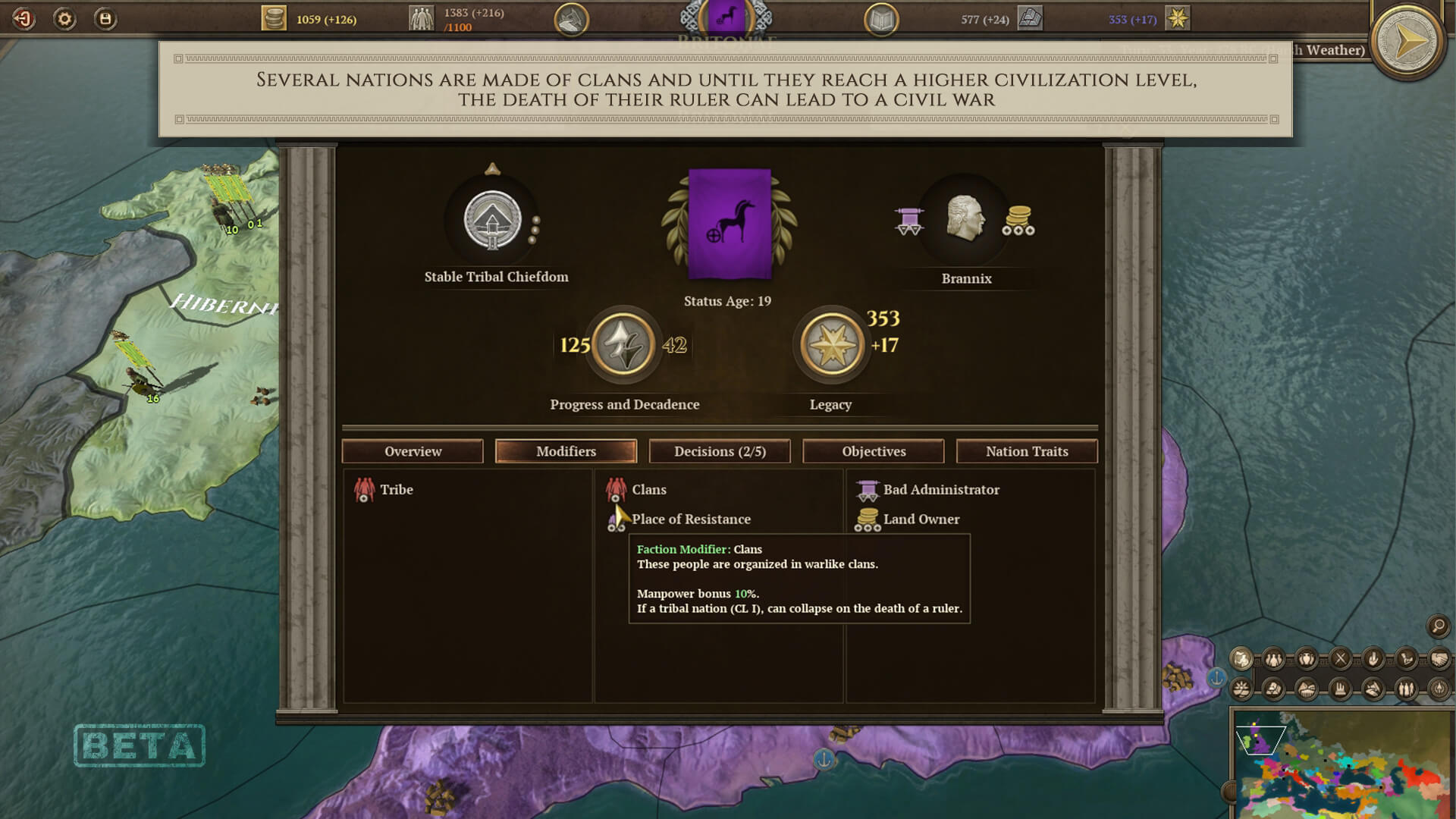 [www.matrixgames.com]
[www.matrixgames.com]
. Field of Glory: Empires - The Challenge:
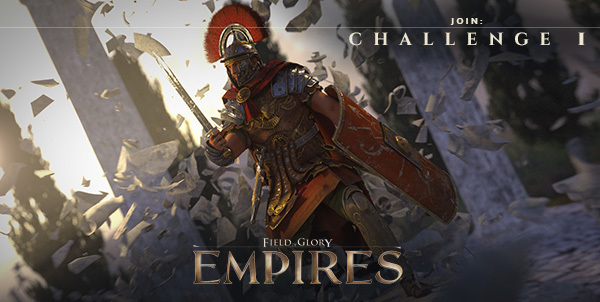
Fied of Glory Empires is surely a very ambitious project, aiming to bring to life the ancient world and its civilizations and to recreate the cultural intricacies of that time.
To better explain the complexity an the scope of the game, we started writing a series of dev diaries covering the most crucial points around which Field of Glory: Empires is designed.
Today we would like to expand this experience further. Welcome to the Challenge!
The Challenges
These are a series of events focused on special versions of the game. They are designed to explore step by step the game's mechanics but with a twist. These versions have certain areas and features locked, while others are allowed.
But what kind of challenge are we talking about and who can participate?
There is no better way to explain them than having a look at the first one:
Challenge #1: Conquer Italy playing as Rome in as few turns as possible
Nation available: Rome
Turns: takes as few as possible
Map: Locked to the Italian Peninsula and its closest surroundings.
Mechanics and features: All active
In this race against time, there is room for only one winner.
Who can join?
Influencers and media members. The participation is mainly by invitation, but if you think you qualify to compete, write to us at challenge@slitherine.co.uk, with your name/nickname and your channel/media.
Time and validity
10 days from the announcement.
In the 10 days of validity, we will gather the videos or the screenshots proving the completion of the challenge and will assign the scores. After all the Challenges have been played, we will declare the final winner by calculating the cumulative points gained in all the episodes.
Check all the rules here: http://www.slitherine.com/FogE_Challenge
Are you eager to see the Challenge in action? Then don't miss DasTactic tomorrow April, 9th attempting it on our official Twitch Channel at 6 pm BST / 1 pm EDT / 10 am PDT. Dev Diary #9 Addendum - Playing Empires Battles in FOG2:
Playing Empires Battles in Fog2
by Richard Bodley Scott
From an early stage in development it was planned that, in addition to the in-game battle resolution system, Empires would also have the option to fight out battles in FOG2 if the player so chooses.
The main objectives were:
1)That Empires battles fought out in FOG2 should be varied and fun. (Number one priority!)
2)That the armies of each nation should be represented by the correct FOG2 units for their nation.
3)That general skill and traits, unit experience, unit effectiveness, hit points etc. from Empires should carry over into the FOG2 battles.
4)That terrain should be representative of the terrain in the region where the battle takes place.
5)That there should be no adjustments to make the battles more “even”, and no adjustments to take into account the FOG2 difficulty setting. The situation should be as per the campaign situation.
6)That the export/import process and switching between the games should be as automated a process as possible.
How does the game decide which FOG2 unit type to convert an Empires unit to?
Empires has a database specifying which FOG2 unit type each Empires unit type maps to, with a quality adjustment for some. The mapping is different depending on the national archetype. This information is passed in the export file, along with various other factors affecting the conversion.
The Empires system potentially gives "Heavy Foot, Warriors, Mercenary Foot, Urban Militia etc." to every nation. The FOG2 conversion system attempts to convert each nation's forces to FOG2 units that are appropriate to their historical prototype. So for example "Warriors" in a Gallic Army will translate to FOG2 Warbands, but those in an Italian army will translate to FOG2 Italian Foot. This means that Empires "Heavy Foot", for example, may translate to FOG2 Medium Foot for some nations, if the nation never actually had any troops that FOG2 would rate as Heavy Foot.
Also some units translate to a mixture of FOG2 units, because this leads to more historically realistic armies. Pre-Marian Roman legionary units translate to a mixture of hastati/principes and triarii units, in approximately a 2:1 ratio. Horse archer units, if present in large numbers, translate to a mixture of Light Horse and Cavalry.
How does the game decide how many FOG2 units each Empires unit maps to?
The Empires : FOG2 unit conversion ratio depends on the unit type, because it is points based. This is because the difference in effectiveness between various Empires units is often significantly greater than the difference between the effectiveness of their FOG2 equivalents. To get the same relative effectiveness as in Empires-resolved battles, the more expensive (and more effective) Empires units translate to more FOG2 units than the cheaper ones. Some of the cheaper Empires units may only map to 1 FOG2 unit, but some of the more expensive ones could potentially map to as many as 4 or 5 (cheap) FOG2 units in armies of nations that historically did not possess powerful units like Pike phalanxes or legions. Most units will have a conversion ratio somewhere between these two extremes.
For example, because Italian Foot in FOG2 are cheaper (and less effective) than Warbands, the unit conversion ratio for Empires Warriors > FOG2 Italian Foot will be higher than the unit conversion rate for Empires Warriors > FOG2 Warbands. Also, where different Empires unit types convert to the same FOG2 unit type, the quality of the FOG2 units may be adjusted depending on which Empires unit type they come from. (Thus, for example, Urban Militia in some national archetypes may be extremely low quality versions of the standard units. They will also have a lower unit conversion ratio as they are much lower rated in Empires points).
Because the points value ratios do not match up to an exact number of FOG2 units, there is a random element. For example, if the points system means that an Empires unit is equivalent to 1.37 FOG2 units, the system will generate at least one FOG2 unit, with a 37% chance of another one. So usually it will generate 1 unit, but 37% of the time it will generate 2.
A damping system on the chances of selecting subsequent "partial" units is used to ensure that the overall strength of the army does not vary excessively (about 3% in tests), and a unique random number generator seed number for each exported battle ensures that if you play the same battle (from the same export file) in FOG2 multiple times, the OOBs (and map) will be the same each time. (Unless you go back to the pre-battle Empires save and re-export it, in which case there will be a different seed number each time).
How does the conversion take into account Empires general skill and traits, unit experience, effectiveness and hit points etc.?
Unit Experience and Effectiveness affect FOG2 unit Experience and Elan respectively. FOG2 unit Quality is the average of those ratings.
Empires Hit Points represent current strength compared with full paper strength, so affects the unit conversion ratio.
Generals use their Empires skill rating for attack or defence depending on which side counts as attacking in Empires. General traits applicable in the regional terrain add their modifiers to those skill ratings. If there is an overall difference between the skill ratings of the opposing generals, then usually an adjustment is made to the quality of the opposing units, representing the effects on morale, physical condition and state of preparedness of the troops resulting from the better general's more skilful pre-battle manoeuvres. Sometimes, instead of a quality adjustment, the lower skilled general will have some of his troops arrive late at the battle.
Unit traits are not explicitly taken into account in the conversion process, because FOG2 already takes into account the different effectiveness of different troop types in different terrain.
Frontage
Empires units convert to an average of 2 to 3 FOG2 units, some more, some less.
We decided not to artificially constrain the frontage in FOG2 battles because it would severely restrict the tactical options – which would rather defeat the point of playing the battle in FOG2. We did not think it would be fun.
Also, as FOG2 battles take some time to play out, we wanted a decisive result, so wanted all of the troops present to be able to take part.
Therefore, the normal FOG2 map generation is used, based on the prevailing terrain in the Empires province. Hence a mountainous, forest or swamp province will result in a mountainous, forested or marshy map, which may result in choke points, but isn’t guaranteed to do so.
This does mean that playing Empires with FOG2 battles will have strategic implications, meaning that the game will play out somewhat differently depending on whether you play all the battles in Empires or not. Personally, I resolve very one-sided battles in Empires and play the rest in FOG2.
Siege assaults are left to the Empires system and cannot be exported to FOG2
Island Simulator 2016 - Horror Pack license keygen
Saints Row IV: Commander-In-Chief Pack [serial number]
NoseBound Demo Activation Code [Ativador]
Naval Action - L'Hermione Download] [addons]
DYNASTY WARRIORS 9: Sun Shangxiang quot;Knight Costume quot; Torren...
Above amp; Below crack exe
Color Assembler Demo Download] [Torrent]
Falling Bullets full crack [Torrent]
TS Marketplace: Sahimms 901 Wagon Pack Add-On download for pc [cheat]
Shadows 2: Perfidia game hacked
Views: 13
Comment
© 2024 Created by PlayIt4ward.
Powered by
![]()
You need to be a member of PlayIt4ward-Furman University to add comments!
Join PlayIt4ward-Furman University